Oppo F1 Review of Specs
In this Oppo F1 review, we’ll provide general knowledge that can be found in any Oppo F1 brochure. These are the fundamental factors you should think about when planning to buy a smartphone.. Also, you will walk away knowing more and more about some hazy terminologies.
Oppo F1 model status in the market is: Discontinued. However, it is declared by Oppo company on 1/1/2016 and Released 2016, January.
Oppo F1 has 16GB 3GB RAM, and 2500 mAh battery life (the more mAh value gives more strength to the battery). When you buy Oppo F1, you will gain 13 MP, f/2.2, PDAF rear camera and 8 MP, f/2.0, 1/4″ selfie camera.
Oppo F1 comes with a 5.0 inches, 68.9 cm2 display size and Corning Gorilla Glass 4 as a scareen protection that is designed to conserve the screen when the phone drops on hard and rough surfaces.
Oppo F1 has these software and hardware platforms:
* Android 5.1 (Lollipop), ColorOS 2.1 OS,
* Qualcomm MSM8939v2 Snapdragon 616 (28 nm) Chipset
* Octa-core (4×1.7 GHz Cortex-A53 & 4×1.0 GHz Cortex-A53) Processor.
In this article, you will find Oppo F1 review which will represent the main Oppo F1 specs that you need to make a well-informed decision about your new device.
Oppo F1 Review of The Body Specifications
People are often interested in the cellular phone’s body features, which prompted most mobile phone production companies to use a significant part of the company’s research and budget to improve this aspect of mobile phones so that it suits all the ambitions of the consumer. In the following lines, you will find Oppo F1 review, which will represent the most important details related to the body of this device.
* Body Dimensions: 143.5 x 71 x 7.3 mm (5.65 x 2.80 x 0.29 in) which mean height, width, and thickness (depth) respectively.
* Body Weight: 134 g (4.73 oz).
For smartphones, a weight between 140g to 170g is deemed proper for most people.
* Body Build: Glass front (Gorilla Glass 4), aluminum back, aluminum frame.
The most known cellular phones body types are shown here:
* Metal. In order to give the inner components of cellular phones the highest protection, some producers build the phones’ bodies out of metal..
* Glass. Devices whose body is made of glass may look more catchy, but this type is not considered sturdy when hitting hard surfaces.
* Plastic. This type is very practical, so it is the most prevalent one in the industry of smartphone bodies.
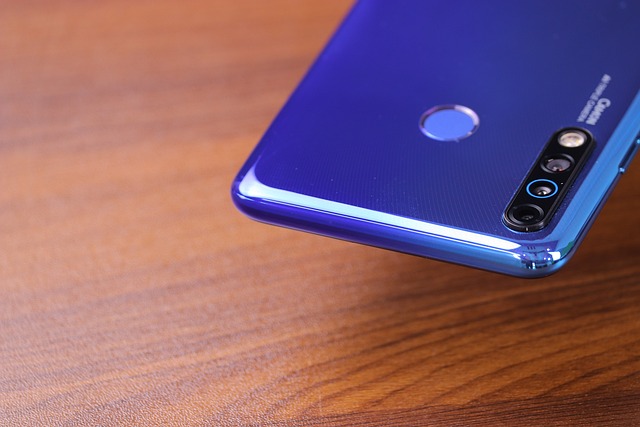
Does Smartphone Color Matter? – Oppo F1 Review
It is relatively important to take care of selecting the mobile phone color because the colors reflected from the device will affect negatively or positively the colors that shown on the display screen.
Oppo F1 comes in the following colors: White/Gold.
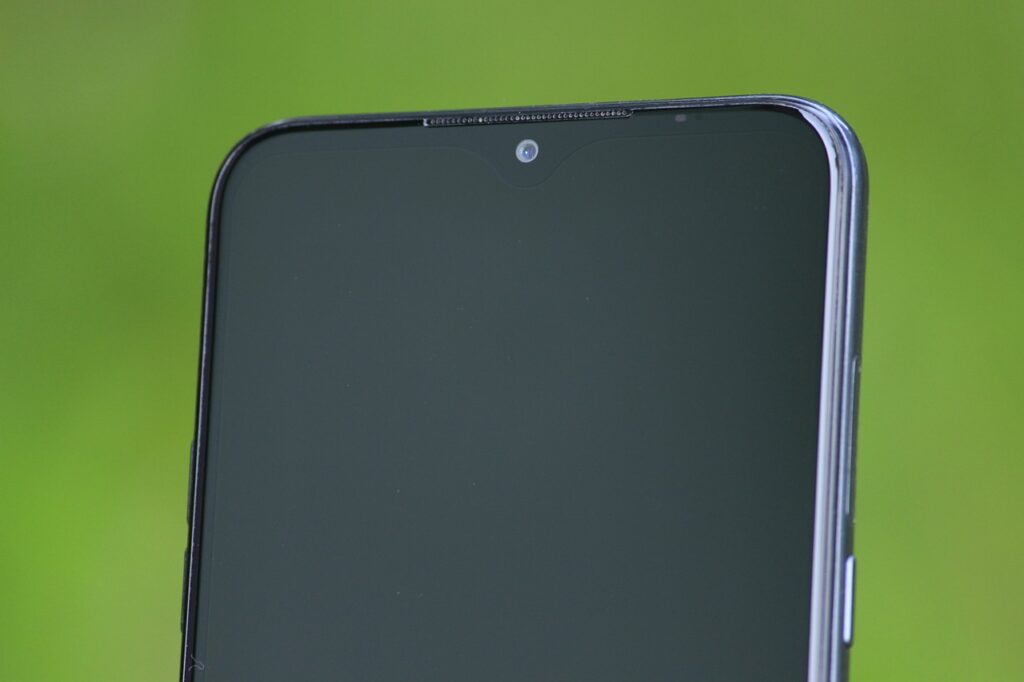
Oppo F1 Review of The Display specifications and Quality
As mobile phones inventions evolve very fast, it is hard to identify any mobile phone or combination of features as the best. This applies to the quality and specifications of the screen. In fact, choosing it depends on your preference and the areas in which you use cellphones. In the following lines, we will represent the major screen features of Oppo F1
Display Type: IPS LCD – Always choose a screen kind that offers real black and more glaring colors.
Display Size: 5.0 inches, 68.9 cm2 – The common standard screen size of cellphones now averages between 4.7 and 6.5 inches.
Screen To Body Ratio: (~67.6% screen-to-body ratio). It provides the percentage of how much of the front face is covered by the display.. Smartphones that have the largest screen to body ratio look delicate and give it a premium look.
Display Ratio: 16:9 ratio. the Aspect ratio is the relevance between the height and width of the smartphone screen. Taller aspect ratios like 19.5:9 is coming with the most modern smartphones, and it is suitable for web browsing, and other portrait orientation apps.
Display Resolution: 720 x 1280 pixels. It is the clarity of an image video in details and sharpness. The pixel resolution for high definition screens is 1920 x 1080.
Display Density: (~294 ppi density). It is the number of physical pixels per inch on a screen, and is measured in Pixels Per Inch (ppi).
Display Protection: Oppo F1 comes with the following display protection:
* Corning Gorilla Glass 4
* Corning Gorilla Glass 4.
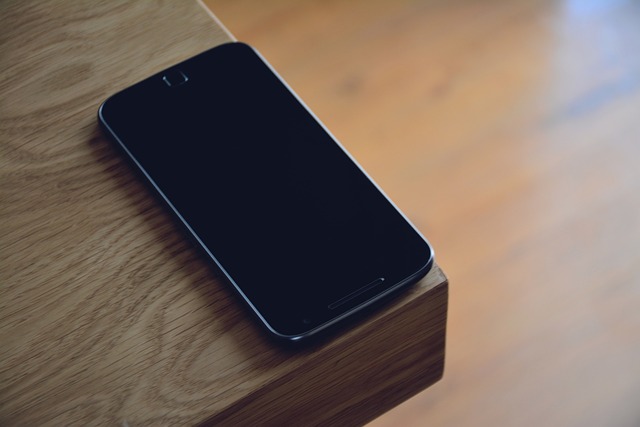
Oppo F1 Review of The Camera Specifications
In the following lines, you will find Oppo F1 review about the main cameras.
* Main Camera Single: {13 MP, f/2.2, PDAF}.
The following lines explain some of the symbols included in the camera specifications:
MP (Megapixels) is the resolution of the image taken by a cellphone.
(f value) is the aperture of a lens indicates how much light it lets in. A bigger aperture lets in more light, whilst a smaller aperture lets in less light..
(mm value) This measurement is of the lens’s focal length, which affects the final image that is produced by your camera.
AutoFocus (AF) is the function of a camera to automatically focus on a subject.
The main camera features are as follows:
HDR, panorama, 1080p@30fps main video camera.
Here is the Oppo F1 review of the selfie camera:
* Selfie Camera Single: 8 MP, f/2.0, 1/4″
The main camera specifications are:
1080p@30fps Selfie video camera.
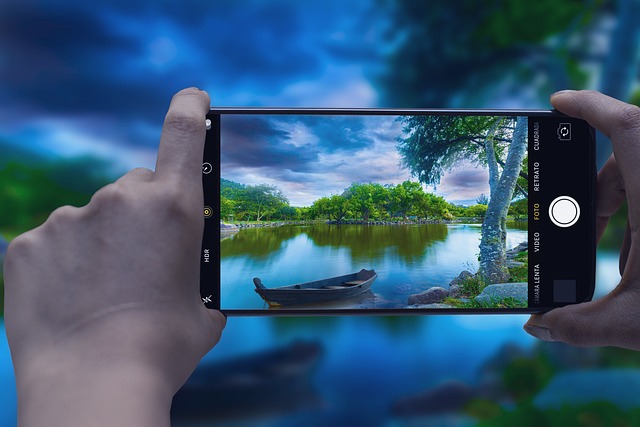
Knowing The SIM characteristics By Reading Oppo F1 Review
SIM stands for Subscriber Identity Module, and it’s a tiny electronic card that slot into your smartphone. Three sizes are available for this electronic chip: Standard (Mini), Micro, and Nano, and it allows you connect to a cellular network. Then, you can make calls, send SMS messages, and connect to mobile internet services like 3G, 4G, and 5G. For more info about 3G / 4G networks, refer to Oppo F1 3G or Oppo F1 4G articles. However, you can use the mobile phone without a SIM to use some available programs on it, play games, and connect to a Wi-Fi network to browse the internet.
This cellphone model comes with Hybrid Dual SIM (Nano-SIM/ Micro-SIM, dual stand-by) card. For more info, refer to How to insert SIM card in Oppo F1 article.
Here are the common SIM card kinds:
* Nano SIM. It is the smallest removable SIM card size, so it is the most modern one (other than eSIMs, which we’ll talk about it very soon) and it’s used by the vast majority of modern cellphones.
* Micro SIM. They have a little bit larger chip, and they haven’t been utilized too often recently.
* Standard SIM (Mini SIM). It is the biggest SIM card size in use, and it’s the most seldom used.
* eSIM. It is an embedded SIM card, meaning that you can’t remove it from your mobile phone.
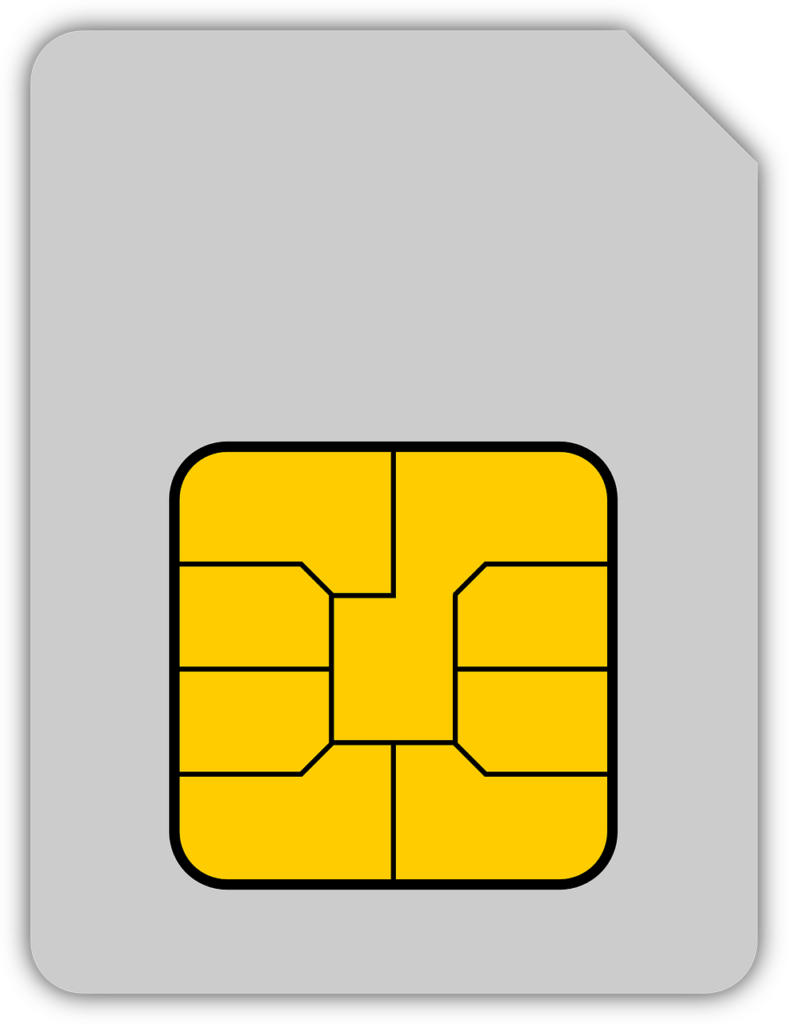
Oppo F1 Review of The Performance
This model has Qualcomm MSM8939v2 Snapdragon 616 (28 nm) chipset.
A chipset on a smartphone is most usually termed as a system on chip (SoC). It is an integrated circuit that combines all basic components of a device on one chip. The most popular types are: QUALCOMM Snapdragon, MEDIATEK CHIPSETS, and INTEL ATOM.
Oppo F1 has Octa-core (4×1.7 GHz Cortex-A53 & 4×1.0 GHz Cortex-A53) CPU.
The higher the number of cores, and the higher the number of processing speed the better the processor’s performance will be.
Oppo F1 has the following GBU (Graphics Processing Unit): Adreno 405.
All graphics jobs are processed and accelerated by this chip, and the faster the GPU, the more powerful the device will be.
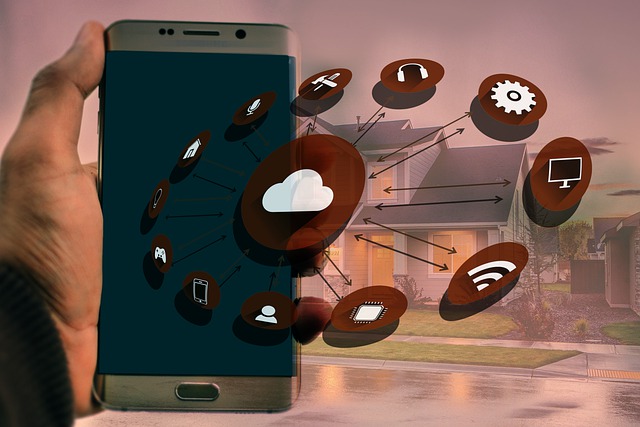
Oppo F1 Review of the Storage Specs and Capacity
One of the main deciding factors when you want to buy a new smartphone is the size of storage it offers. Actually, Oppo F1 comes with microSDXC (uses shared SIM slot) memory card slot, and the following internal storage: 16GB 3GB RAM
There are two types of phone’s memory:
Internal: It is built in the phone, and can’t be extended. Nowadays, the majority of mobile phones have internal storage that is at least 32GB or 64GB and a few high-end models feature 256GB or 512GB.
External: It is a removable SD card used as an extra storage to store photos, music, videos, etc., regardless of the type of SD card slot.

Mobile Networks and Connectivity – Oppo F1 Review
The complex architecture used by mobile networks involves base stations distributing radio waves inside hexagonal areas known as “cells” (hence mobiles also being known as cellular phones). In order to exclude any signal-deficient locations, thousands of cells interfere across several geographic zones. 3 various network kinds exist today: 3G, 4G, and 5G. These networks have the ability to pick up and deliver mobile communications in addition to transmit and receive data and information.
Oppo F1 supports the following networks: 3G. For more info, refer to Oppo F1 3G article. – 4G. For more information, refer to Oppo F1 4G article.

Available Wireless Connections – Oppo F1 Review
This model includes the following wireless connections:
* WLAN connection: {Wi-Fi 802.11 b/g/n, Wi-Fi Direct, hotspot}. Wireless Local Area Network uses Wi-Fi to communicate to the home or office wireless network using the local router and offers Internet access.
* Bluetooth connection: {4.0, A2DP}. It is a common wireless communication protocol used to communicate two devices together over short distances, allowing them share data between different devices.
* GBS connection: {Yes, with A-GPS}.Global Positioning System enables mobile phone to define any position you need.
* USB connection: {microUSB 2.0, USB On-The-Go}.Universal Serial Bus is wired technology that allows users to connect two devices, such as a smartphone with a PC, to either transfer data or to charge the connected device.
* Features Sensors: {Accelerometer, proximity, compass}. The sensor is a device that detects and majors the changes in the nearby environment such as ambient light and motion.

The Operating System – Oppo F1 Review
This model comes with {Android 5.1 (Lollipop), ColorOS 2.1} operating system.
PHONE Review – The Battery Main Specs
Nothing is more important than the mobile phone’s battery, which powers these gadgets and grants daily life going. In the following lines, you’ll see Oppo F1 review of its main battery.
* Battery Technology: {Li-Po}.
* Oppo F1 comes with {non-removable} battery.
* Battery Capacity: {2500} mAh. It refers to the storage capacity a particular battery may offer. A battery with 3100 mAh capacity rating could supply a current of 3100 mA for one hour. Higher mAh ratings for the same battery kind will usually mean longer working time.

Oppo F1 Review of the Battery Secondary Specifications
In addition to the primary Oppo F1 specifications that we mentioned earlier, this model has more battery-related characteristics that are relatively different depending on the model of the smartphone.

